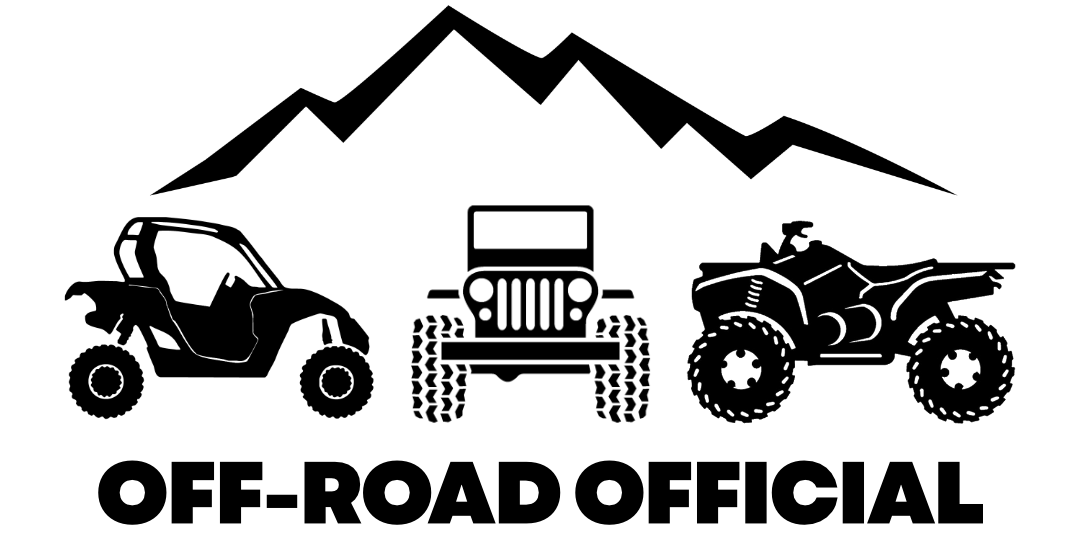The Cub Cadet Challenger 550 doesn’t quite make the list of the best cheap side-by-sides.
And while it does come in a bit cheaper than some big-name models, there are some models in its class that simply make for better values all things considered, including:
Similar to what you’ll find in a review of the Cub Cadet Challenger 750 models, there are some certain years of the Challenger 550 that are better than others.
And while the Challenger 550 does offer plenty of strengths, it is also known to suffer from six common problems, including:
- Faulty Clutch System
- Rough Idling
- Engine Parts Going Bad
- Seat Belt Safety Feature
- Shifting Trouble
- Overheating
Many of these same issues affect the Challenger 750 model.
This guide will detail each of them, along with proven ways to prevent them and fix them when they happen.
Faulty Clutch System
The most common issues found in the Cub Cadet Challenger 550 are related to the faulty stock clutch system.
Many owners report excessive clutch drag, which creates hard shifting in and out of gear.
Additionally, when shifting into gear and applying the gas, the clutch will sometimes not engage immediately and the vehicle will lurch forward when it finally does.
This symptom, along with a screaming and whining noise that can be heard when idling or coasting, is likely due to belt drag.
Causes & Fixes
The main causes of these symptoms are the clutch rollers and clutch weights, along with the fact that the stock clutch system as a whole just isn’t all that high-quality.
The clutch weights tend to deteriorate as they wear against the side of the clutch, leading to clutch sheaves.
And a bushing in the stock rollers is prone to wearing out, making them stick and causing the weights to wear down even more.
The only real solution to this is to replace your stock clutch system with an upgraded aftermarket solution.
It’s unfortunate, but when you have your clutch replaced under warranty, you’ll be getting what is likely another faulty clutch that will wear out down the line.
Preventing Clutch Issues in the Challenger 550
There are some ways to help prevent your clutch from failing, or at the very least delay it from happening.
- Rather than idling for prolonged periods, cut your engine when you’re at a stop for more than a couple of minutes. This will lessen the wear on the clutch over time.
- Be sure to trail ride and drive at lower speeds while in Low gear, and haul or two heavy loads while in Low gear. Doing so in High gear puts the clutch at risk of failing.
- Use a wet-clutch approved oil, which should be labeled “JASO”.
- Blow out your clutch system regularly with a compressor, which helps prevent the buildup of grit and grime in the clutch system that can cause problems.
Rough Idling
Another common problem in the Challenger 550 is rough idling, with the vehicle even stalling sometimes while at idle.
This is likely a sign your throttle body has become gummed up with gunk and carbon deposits.
Fix
If you’re experiencing rough idling or stalling, give your throttle body a good cleaning with WD-40 Throttle Body Cleaner.
Make sure and pay close attention to the area of the throttle blade when doing this, as most of the buildup is known to hide in this space.
Engine Parts Go Bad
The clutch is not the only system in this machine prone to failure.
Many of the parts that make up the engine in all Cub Cadet utility vehicles are susceptible to deterioration as well, likely due to their low quality.
Parts such as the timing chain, camshaft, sprocket, piston, rings, and valves are all known to wear out rather quickly.
And the replacement parts are not cheap, usually costing owners hundreds of dollars.
The worst part of this is that it tends to be out of your control.
Even sticking to a strict maintenance schedule, never missing a fluid change, using the highest quality fuel and oil, and taking other proper preventative steps are not enough to prevent some of these parts from going out faster than they should.
Seat Belt Safety Feature
Another common complaint with the Challenger 550 is around the seat belt safety feature.
It amounts to a sensor in the seat belts that won’t let the engine to get out of limp mode unless the driver’s belt is buckled.
It’s there with good intentions, but it drives owners who are casually cruising or doing stop-and-go work tasks a little bit mad.
Fixes
If this is you, you can get around this by leaving the belt buckled behind you at all times or by wrapping the buckled belt behind the seats so it’s out of the way.
Shifting Trouble
Trouble shifting gears in the Challenger 550 is another of the common problems that affects this model.
This trouble includes the gear shift sticking when attempting to shift gears or the inability to shift at all, the gear shift not fitting firmly into the Park setting, and the gears making a grinding noise when shifting to Reverse or grinding when giving it some gas just after making a shift.
These are all likely signs of a potential issue with the shift linkage, but may also be a result of the design of this utility vehicle.
Applying The Brake To Shift
You’ll have to apply the brake pedal in order to shift gears in the Challenger 550.
This makes shifting a bit touchy, as the amount of pressure needed on the brake may vary by the gear you’re attempting to shift into.
You’ll likely find you have to press harder on the brake pedal to get into Reverse or Park, while less pressure on the brake is needed to go into Neutral, High or Low.
Shift Linkage
The most common cause of the gears sticking or grinding is the shift linkage in this model.
The problem starts when the locking nuts that hold the shift linkage in place vibrate loose, enabling it to transfer to an incorrect position.
When this happens, you’ll have to move it back into place to correct these issues.
The shift linkage can be found in the engine bay, and you’ll need to use a wrench to fully loosen both locking nuts.
Then rotate the shift linkage back in the direction it needs to go, using the gear shift to help guide you into the correct position again.
Once you have it back in a good place, tighten back up your locking nuts and you should be good to go.
Overheating
Like many utility vehicles, the engines in the Cub Cadet Challenger 550 are prone to overheating for a few different reasons:
- Clog In The Radiator
- Fan Doesn’t Engage In Time
- Air Blockage In Coolant System
- Blown Gasket
Clog In The Radiator
The Challenger 550 makes for a good off-road vehicle, so it is often subjected to rides through mud, sand, dirt, and long grass.
This kind of debris commonly find its way up into the radiator, and will clog it up if not washed out.
This leads to overheating, so it’s important to remember to clean out your radiator fins after muddy rides or every so often regardless.
Fan Doesn’t Engage In Time
The ECU in these vehicles is programmed so the cooling fan doesn’t engage until the engine reaches a temperature of just over 200 degrees.
This often leads to trouble, especially in hot climates or at high elevations, in that the fan doesn’t quite have the ability to kick in and keep the engine within a safe temperature range.
It’ll continue to climb into the 220+ degrees range, where it will overheat and can cause serious damage.
If you want to prevent this, the best way is to have your ECU tuned. An ECU tune usually reprograms the fan to engage at a much lower temperature, giving it more time to do its job and helping to eliminate overheating.
Rigging a toggle switch up to your dash is also an option, as it bypasses the ECU and gives you access to turn on the fan as you please.
Air Blockage In Coolant System
When your engine overheats or comes close, it’s at risk of forming an air bubble.
When air gets into your system, it’ll usually find its way to your coolant lines and block them from properly pumping.
This leads to overheating, and you’ll need to bleed the air from your coolant system in order to stop it.
Blown Gasket
A blown head gasket is always a possibility any time your engine gets close to overheating as well.
You can usually spot this when bleeding the air from your coolant system, as the bubbles that should eventually stop in the radiator fill area won’t subside when a head gasket is blown.
Use a head gasket test kit to confirm if this is the case for your Challenger, and replace your gasket if so.
Conclusion
The Cub Cadet Challenger 550 makes for a solid overall UTV, but doesn’t come without its problems.
But most of its competition has its problems as well, and even the models that make for a better value in the same class do.
You can read more about those below before you hit the road:


